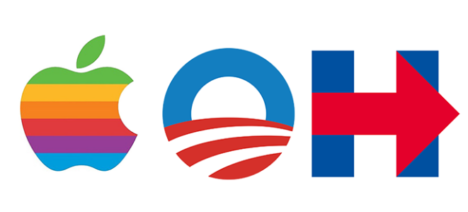Morning Update: DDB chief designs for Clinton; when brands blow up; Facebook’s ‘fake news’; Google reveals Fact Check
Ad Week: Leaked Email Shows What Wendy Clark Wanted in Hillary Clinton’s Campaign Logo
“We want to create a visual representation for Secretary Clinton that is equally as compelling, interesting, exciting and inviting as Obama’s mark was eight years ago.”


